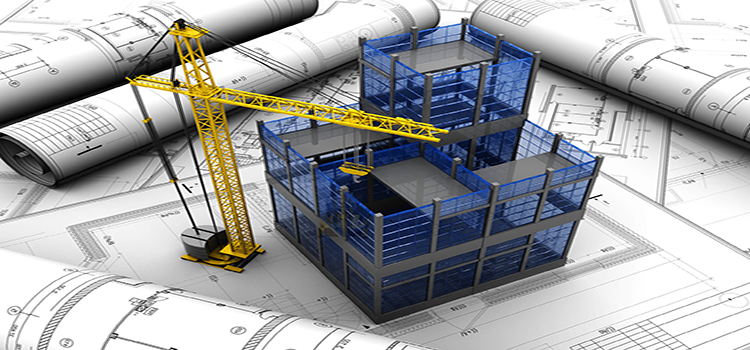
Image Source: Google
In the world of modern architecture, structural engineering plays a crucial role in shaping the skylines of tomorrow. Structural engineers are responsible for designing, analyzing, and ensuring the integrity of buildings and structures, from skyscrapers to bridges. Their expertise and innovation are essential in creating safe, sustainable, and visually striking landmarks that define the landscapes of our cities. Let's delve into how structural engineering services are instrumental in bringing architectural visions to life and shaping the skylines of the future.
The Design Phase:
Collaboration with Architects
- Structural engineers work closely with architects to translate their creative vision into feasible structural designs.
- They consider factors such as building function, aesthetics, and environmental impact while ensuring structural integrity and safety.
- Collaboration between architects and structural engineers is crucial in achieving a balance between form and function in architectural design.
Structural Analysis and Modeling
- Using advanced software and tools, structural engineers perform detailed analysis and modeling to assess the performance of the proposed structure.
- They evaluate factors like load-bearing capacity, wind resistance, and seismic stability to optimize the structural design.
- By simulating various scenarios, engineers can identify potential issues and make necessary adjustments to enhance the structural efficiency of the building.
The Construction Phase:
Material Selection and Specifications
- Structural engineers play a key role in selecting appropriate materials for construction based on factors like strength, durability, and sustainability.
- They provide detailed specifications and guidelines for the quality and usage of materials to ensure compliance with structural design requirements.
- By choosing the right materials, engineers can enhance the structural performance and longevity of the building.
Construction Management and Supervision
- During the construction phase, structural engineers oversee the implementation of the structural design to ensure adherence to the approved plans and specifications.
- They collaborate with construction teams to address any structural challenges that may arise during the building process.
- By providing technical expertise and guidance, engineers help ensure the successful completion of the project within budget and timeline constraints.
The Innovation Impact:
Sustainable Design Practices
- Structural engineers are at the forefront of implementing sustainable design practices to reduce the environmental impact of buildings and structures.
- They incorporate green building techniques, materials, and technologies to enhance energy efficiency and minimize carbon footprint.
- By prioritizing sustainability in structural design, engineers contribute to creating healthier environments and communities for the future.
Advanced Technologies and Materials
- Advancements in technology and materials are revolutionizing the field of structural engineering, enabling engineers to push the boundaries of design and innovation.
- From 3D modeling and Building Information Modeling (BIM) to carbon fiber composites and self-healing concrete, new technologies are transforming the way structures are built and maintained.
- By embracing these advancements, structural engineers can deliver safer, more resilient, and visually stunning architectural marvels that define the skylines of tomorrow.
The Future Outlook:
Urbanization and Vertical Growth
- With rapid urbanization and population growth, structural engineers face the challenge of designing taller, more complex structures to accommodate the increasing demand for urban space.
- Vertical growth presents opportunities for innovation in structural design, such as mixed-use skyscrapers, green roofs, and smart building technologies.
- Structural engineering services will continue to play a vital role in shaping the vertical landscapes of cities and creating sustainable urban environments for future generations.
Resilience and Disaster Preparedness
- As the frequency and intensity of natural disasters rise, structural engineers are focusing on enhancing the resilience of buildings and infrastructure to withstand extreme events.
- Incorporating seismic retrofitting, flood-resistant design, and advanced structural analysis techniques, engineers are prioritizing disaster preparedness in structural design.
- By designing resilient structures, engineers contribute to the safety and well-being of communities in the face of climate-related challenges.
From design to completion, structural engineering services are instrumental in shaping the skylines of tomorrow. By combining creativity, innovation, and technical expertise, structural engineers bring architectural visions to life and create iconic landmarks that define the landscapes of our cities. As we look towards the future, the role of structural engineering in sustainable design, advanced technologies, and urban resilience will continue to shape the way we build, live, and interact with our built environment.